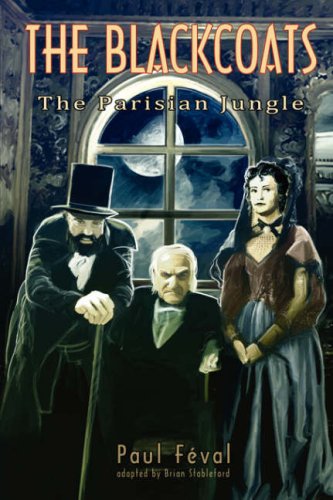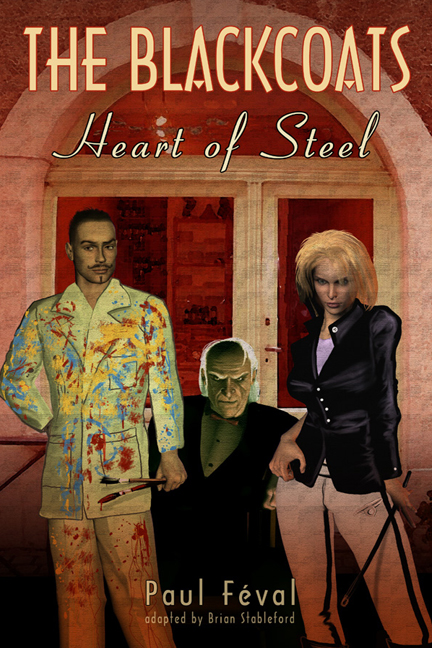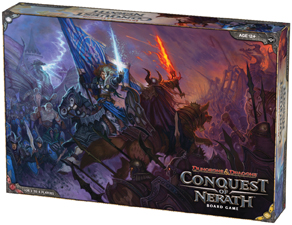Just Two Months Left to Enter the Challenge! Stealth Writing Competition
 The 2011 Challenge! Stealth Writing Competition from Rogue Blades Entertainment is officially one month old — which means there’s only 60 days left to enter.
The 2011 Challenge! Stealth Writing Competition from Rogue Blades Entertainment is officially one month old — which means there’s only 60 days left to enter.
The Challenge! writing competitions ask writers to submit an original work of short fiction using a piece of art and a one-word theme for inspiration. This year’s art, by Storn Cool, is at right; this year’s theme — appropriately enough — is Stealth.
Here’s the official call to action from Rogue Blades:
Using the awesome cover art provided by Storn Cook and this year’s title Stealth, capture your muse over the next 15 days and embark upon grand adventure! … Get your heroic adventure in any genre to RBE between June 15th and September 15th, 2011, and see if you have what it takes to deliver a winning tale! Speculative fiction is NOT required for Challenge! themes, so readers could find Historical Swashbucklers, Sword & Sorcery/Planet, Soul & Sandal, Western, Mystery, Dark Fantasy, Epic Fantasy, Sci-Fi, Horror and even Romance — ALL the flavors of HEROIC FICTION so long as they are mighty and mysterious tales of action and adventure.
The top twelves stories, as determined by the judges, will be awarded a print copy of the anthology, and the top three will also be awarded a cash prize, and written critiques from the judges. Judges this year are artist Storn Cook, author and writing instructor Mary Rosenblum (Horizons & Water Rites), and Black Gate editor John O’Neill (Me. And I’m ready to be entertained, so sharpen those pencils kids).
Last’s year’s contest, the Challenge! Discovery 2010, had ten winners, including Henrik Ramsager, Nicholas Ozment, Frederic S. Durbin, Gabe Dybing, and Keith J. Taylor. The winning entries from the 2010 contest will be collected in the Challenge! Discovery anthology, to be published by Rogue Blades Entertainment.
The contest entry fee is only $10, and a minimum number of participants is required. The official Challenge! submission guidelines are here, and the complete details of the Challenge! Stealth contest are here. Stories must be between 3,000 and 9,000 words.
What more do you need to know? Start writing!! I expect to see great things from you on September 15.
 Imagine Conan in Shadizar, meeting with a beautiful woman calling herself Fortuna who pays him to find Thuris, the man who kidnapped her younger sister. Conan accepts the woman’s coin but finds himself in the middle of double and triple crosses as Fortuna — known as Brigid the Bold in the underworld — seeks for the Falcon of Maltus along with her betrayed confederates, Jubliex Cairo, Wilmer the Younger, and Gutmar.
Imagine Conan in Shadizar, meeting with a beautiful woman calling herself Fortuna who pays him to find Thuris, the man who kidnapped her younger sister. Conan accepts the woman’s coin but finds himself in the middle of double and triple crosses as Fortuna — known as Brigid the Bold in the underworld — seeks for the Falcon of Maltus along with her betrayed confederates, Jubliex Cairo, Wilmer the Younger, and Gutmar. 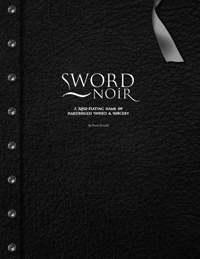 As usual, the kind of stories I was reading and writing bled into the kind of games I was playing, and this took me down a path I did not expect. I ended cobbling together a system that was purpose built to play “sword noir.” In order to do that, I had to define the term.
As usual, the kind of stories I was reading and writing bled into the kind of games I was playing, and this took me down a path I did not expect. I ended cobbling together a system that was purpose built to play “sword noir.” In order to do that, I had to define the term.
 Twelve
Twelve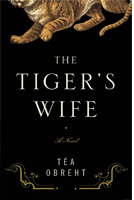 The Tiger’s Wife is an interlocking series of fabulist tales, set in an unnamed Balkan country that is obviously Yugoslavia before and after its dissolution into ethnic political states, which unfolds the life and death of the narrator’s grandfather. It’s a meditation on grief, cultural blindness and bigotry, among other things, but overarchingly the constant effort to try to live a decent life and see the decency in others, even those who seemingly don’t possess it. Written by Téa Obreht, whom The New Yorker named one of the twenty best American fiction writers under forty and the National Book Foundation’s “5 Under 35” list, it is, as you might expect given those accolades, considered a “literary” novel. Which is perhaps why you haven’t seen much mention of it in genre circles, despite the fact that it is a fantasy. However you want to classify it, it’s good and well-deserving of the hype it’s received. One thing that struck me that I don’t think I’ve seen mentioned is the similarity between Obreht and Ray Bradbury in his prime, back in the days when Clifton Fadiman was trying to sell The Martian Chronicles to the literary mainstream.
The Tiger’s Wife is an interlocking series of fabulist tales, set in an unnamed Balkan country that is obviously Yugoslavia before and after its dissolution into ethnic political states, which unfolds the life and death of the narrator’s grandfather. It’s a meditation on grief, cultural blindness and bigotry, among other things, but overarchingly the constant effort to try to live a decent life and see the decency in others, even those who seemingly don’t possess it. Written by Téa Obreht, whom The New Yorker named one of the twenty best American fiction writers under forty and the National Book Foundation’s “5 Under 35” list, it is, as you might expect given those accolades, considered a “literary” novel. Which is perhaps why you haven’t seen much mention of it in genre circles, despite the fact that it is a fantasy. However you want to classify it, it’s good and well-deserving of the hype it’s received. One thing that struck me that I don’t think I’ve seen mentioned is the similarity between Obreht and Ray Bradbury in his prime, back in the days when Clifton Fadiman was trying to sell The Martian Chronicles to the literary mainstream.